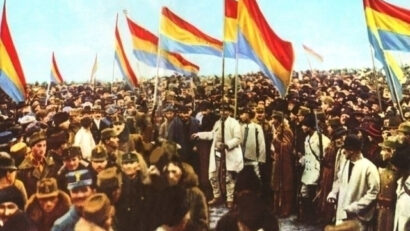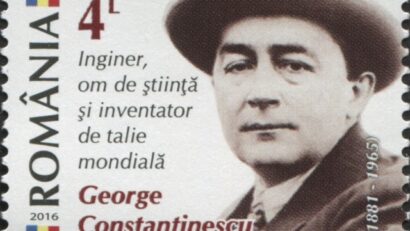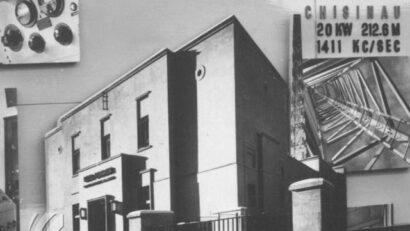
On 1 December 1918 the National Assembly of Romanians in Transylvania gathered in Alba Iulia

World War One veterans reminiscing about the Great Union

Actualitatea românească - Romanian news and current affairs show was a landmark for Radio Free Europe's listeners

Starting in the 1950s, Radio Free Europe together with the Voice of America, the BBC, Radio France and Deutsche Welle were synonymous with the free...

At the end of the 1930s, war seemed imminent in Europe.

Radio Romania has been, in its 91 years of existence, an actor and an observer of history

On Thursday Romania's under-21 football team defeated Finland 4-1 in Group 8 of the European Championship preliminaries. Romania has thus...

On Friday, Romania lost to Japan nil-3 in the quarterfinals of the Women's Table Tennis World Cup. Earlier in the group stage, Romania had...

In the annals of science and invention, the name of engineer Gogu Constantinescu ranks high in the area of sonics

Petru Groza was one of the most complex of characters in the history of Romania after WWII. Born in 1884 in Hunedoara county, in Transylvania, Groza...

The history of social democracy in Romania begins in late 19th century, in 1893, with the emergence of the Social Democratic Workers Party

Radio Romania has been a national project right from the start
